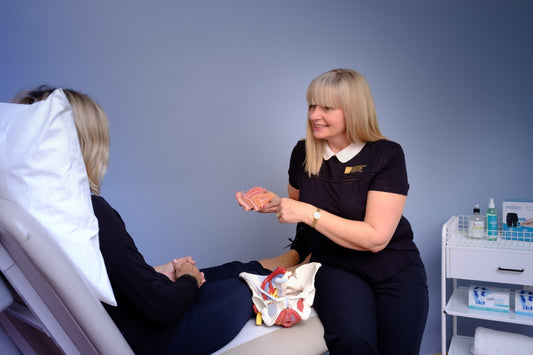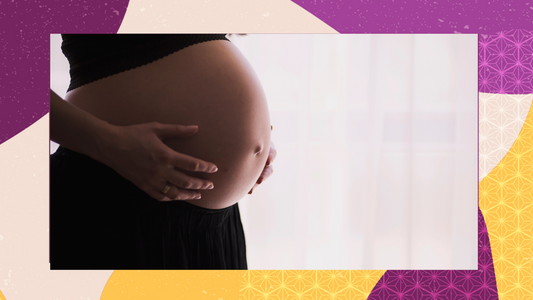Many of us are familiar with it: the dreaded flare-up of period acne right around the time of your period. Struggles with your skin are common, whether it’s acne, dryness, excess oil, sensitivity, breakouts… or a combination of all of the above. Few of us go through life without grappling with at least a few skin issues.
Among its many functions, skin provides a protective barrier, regulates body temperature, and excretes excess sweat and oil. ‘Normal’ is something we might want to attain – but, when it comes to our skin, there is actually no such thing as normal! In part, that’s because our skin goes through constant change.
Why does getting your period cause acne?
The hormones produced during each stage of our menstrual cycle can have a big impact on your skin. Some of the most common skin issues that can occur from changing hormone levels include acne, dehydration, redness, and sensitivity.
Not only can these issues be frustrating to manage, they can also have an impact on how we feel – in particular if there’s a special occasion on the horizon.
However, by understanding your hormones and how they change throughout your cycle, you can use this knowledge to build a skincare plan to achieve better confidence and more radiance.
Your skin and cycle days 1-5
Estrogen and progesterone levels are low in the first few days of your cycle. You may experience dryness during this phase and as a result lines or wrinkles may appear more obvious and skin can have a ‘dull’ appearance.
Tips:
- Up your water intake: get at least 8 glasses into you!
- Use hydrating and moisturising products
- Avoid caffeine, alcohol, and sugary drinks as they have a dehydrating effect
Your skin and the folliculuar phase: days 6-15
As estrogen and testosterone levels begin to rise, you will start to feel your best self. Along with the extra spring in your step, your skin will be bringing its A-Game. Increased estrogen means increased collagen, giving your skin that plump, glowy look.
Tips:
- Don’t neglect your skin regime
- This is the best time to carry out any hair removal as your skin is less sensitive
Your skin and the luteal phase: days 16-30
Estrogen and testosterone levels dip and progesterone swoops in to take charge. Progesterone stimulates the production of sebum, a natural lubricant for our skin. It’s breakout time! Overproduction of sebum can cause clogged pores and spots. Your skin might also feel congested and puffy.
Tips:
- Pay extra special attention to your skincare regime.
- Use gentle exfoliation techniques to unclog pores.
- This is the best time to use purifying and detoxifying products.
Key takeaways for your skin and period acne
Whether you have to contend with painful acne, breakouts sensitivity or spots, it’s important to understand how your skin responds to hormonal changes and implement skin-healthy rituals into your daily routine.
Remember that something as simple as staying hydrating as well as sticking to a good cleansing and moisturising routine can work wonders.
Avoid excess sugar, alcohol, and caffeine, and eat plenty of fresh veg, high-quality protein, and healthy fats.
A daily supplement is also important – more information on KeyForHer’s menstrual products can be found here.
- Vitamin A supports healthy skin cell turnover, helping to prevent clogged pores.
- Vitamin E provides antioxidant protection and keeps your skin nourished and hydrated.
- Biotin promotes clearer skin by supporting overall skin health.
- Curcumin fights inflammation, calming the redness and irritation that can come with breakouts.
- Choline Bitartrate helps balance your hormones, reducing the excess oil production that triggers acne. Choline bitartrate may help promote liver detoxification too.
- Zinc is known for its acne-fighting powers, working to control sebum levels and reduce inflammation.
- Resveratrol boosts your skin’s defences against oxidative stress, keeping it calm and breakout-free.













